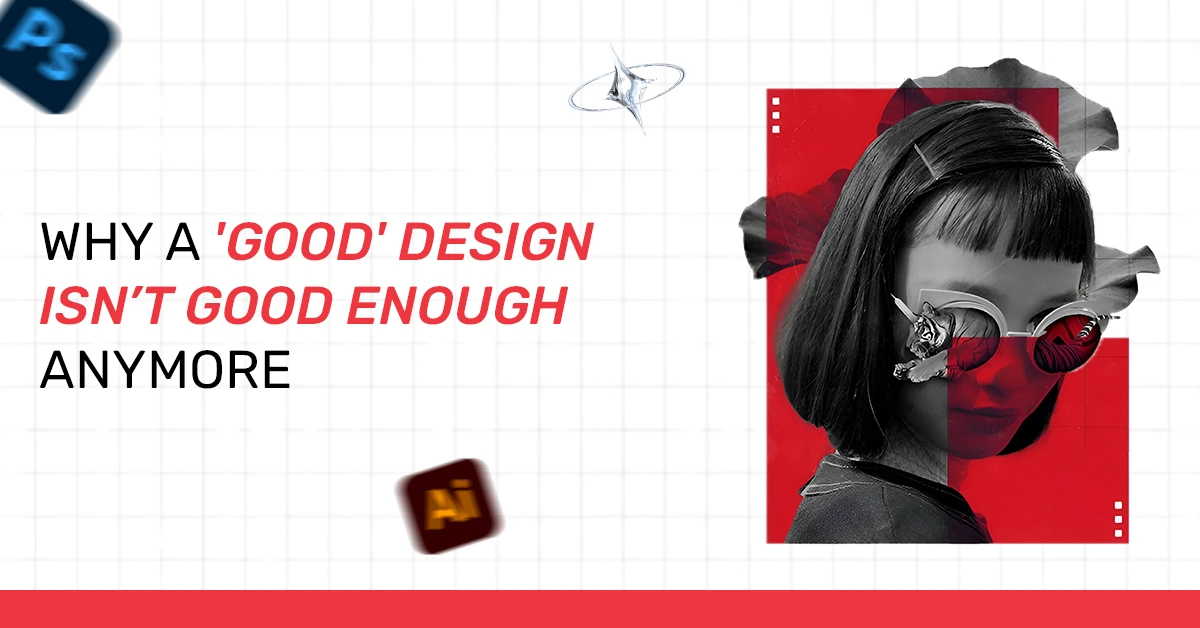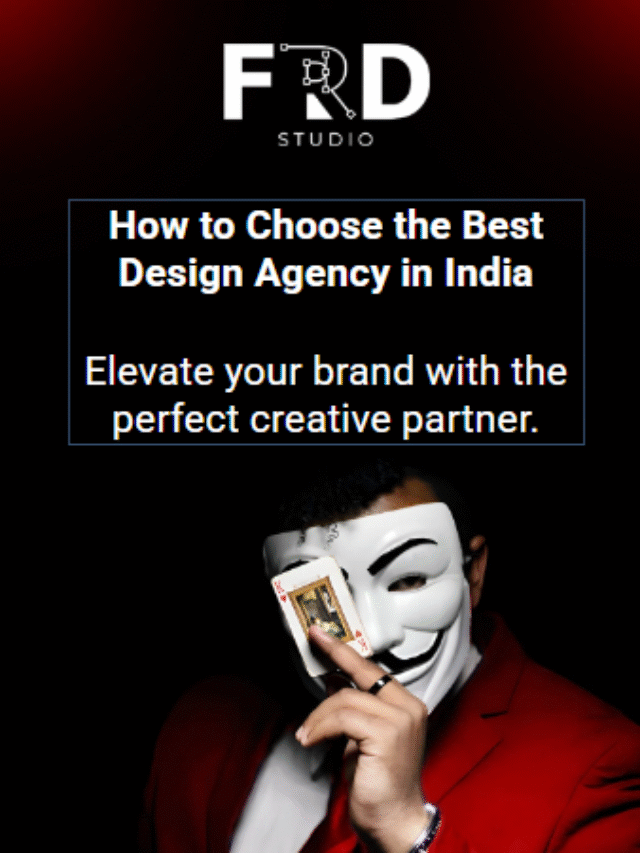Design is what the user interacts with… it serves in the super-competent digital world.
As a designer myself, being aesthetically pleasing, properly functional, and serving the users with minimum requirements is not something we take care of. To grasp the attention of the users in this higher expectations and faster growth rate environment, it is very necessary to set your sights even higher than a “good design.”
This article will help you to know what has happened to that concept of ‘good’ design and what businesses have to do to build ‘good enough’ designs to grasp the attention and make a difference in the market.
The Shift in User Expectations
The modern consumer does not want an item, but how it works. They expect product designs that are intelligent, unique, and offer nothing less than a user-friendly interface.
It has become very old-fashioned to just claim that a company has a beautiful website or a juicy app. Today, a user estimates a design in terms of the emotions it creates and the quality of the design in achieving his or her goal.
For example, e-commerce platforms like Amazon & Flipkart have set an example by providing not only the right product right away but also a unique UX, from product recommendations to easy and quicker checkouts.
Functionality vs. Aesthetics: The New Equation
A design that is aesthetically pleasing but challenging to use will only frustrate the users, and the site will be thrown away. Aesthetic values alone are no longer sufficient to ensure success.
Present-day users call for unique designs, and at the same time, they should be functional to produce the best solution in a natural way.
Take Google’s search page as an example. It is one of the simplest designs, and it proves the argument that form can follow function. Its simplicity is intentional—it keeps users focused on the primary task: getting to the information as easily and fast as possible.
The Rise of Customer-Centric Design
You should spend time learning the center of great design. According to the customer-oriented design approach, it is essential to focus on the difficulties and needs of customers as well as their activities.
According to a report by McKinsey, agencies that make customer-centric design a part of their strategies generate revenues 32% more than their competitors.
Why Emotional Connection Matters
Design is not equal to problem solving; it is equal to making a connection. A good design builds a bond with users, and users are willing to trust and stick to your brand.
For example, Apple’s products are not just fulfilling their primary use, although they were meant for that purpose. They evoke emotion. It doesn’t matter if it’s the iPhone’s smooth touch or enjoying a movie through the AirPods. Apple appreciates the feeling of connecting emotionally with users, giving it a unique position when it comes to innovation.
The Demand for Inclusive and Sustainable Design
There is a high demand for inclusive and sustainable design products out in the market. Consumers want brand creators to incorporate these values into their products’ designs.
The Xbox Adaptive Controller that Microsoft released for disabled gamers shows how inclusive design expands the market for a company while building up its quality.
IKEA manages to incorporate sustainable design elements ranging from products to packaging, following customer preferences, and fulfilling market-relevant needs.
Staying Ahead of Design Trends
Trends cannot be followed by their own; they have to be outrun by businesses in this case. Such innovations as AI, AR, and VR have taken a classy approach to design, which defines the way brands come closer to users and offer them a future.
Some of the most successful examples include Lenskart, which provides people with the ability to ’test” the selected glasses virtually. This not only improves the experience of the user but also makes a big difference for the brand against the competitors.
The Importance of Adaptive and Future-Proof Design
Because the world is in a state of continuous evolution in the digital world, all designs have to be versatile and durable.
It questions future-specific designers while merging the aspects of time, both in terms of utilizing future trends, advancing technology, and the ways people interact with it, employing the long-lasting value of the concept.
Even simple examples of such organizations as Zomato or Swiggy adapt to design to look good on both a desktop and a mobile device.
Conclusion
Good design was once the litmus test. Now, it’s the bare minimum. Companies wanting to be successful need to earn a great mark and create designs that are as innovative, customer-oriented, and capable of moving people emotionally as possible; that still can effectively respond to change and new trends; and that are convenient to both the demands of diversity and to the challenges of sustainability.
With all the brands struggling to be noticed as they try to engage consumers and support loyalty, it is no longer enough to develop something ‘good.’ Because in the constantly changing global environment, a good design just will not do anymore.












